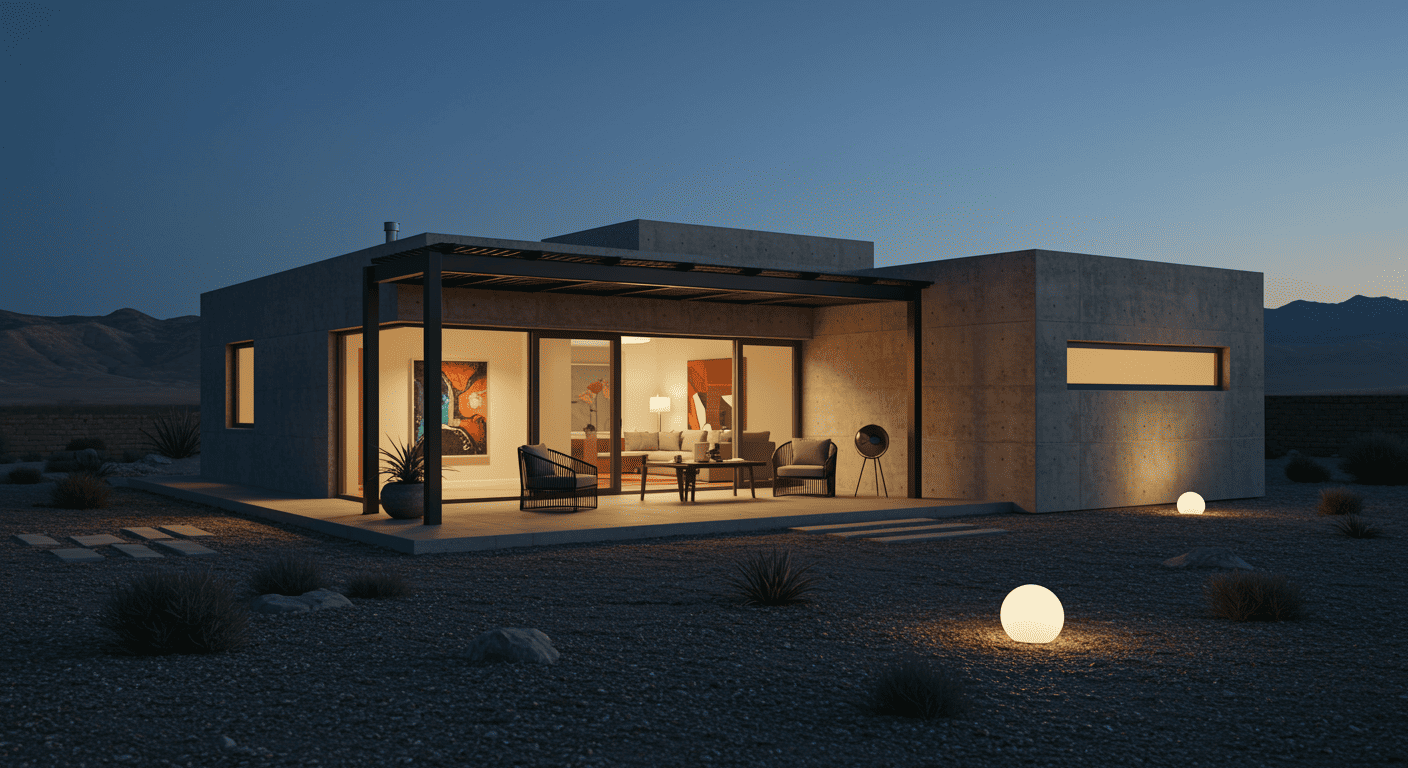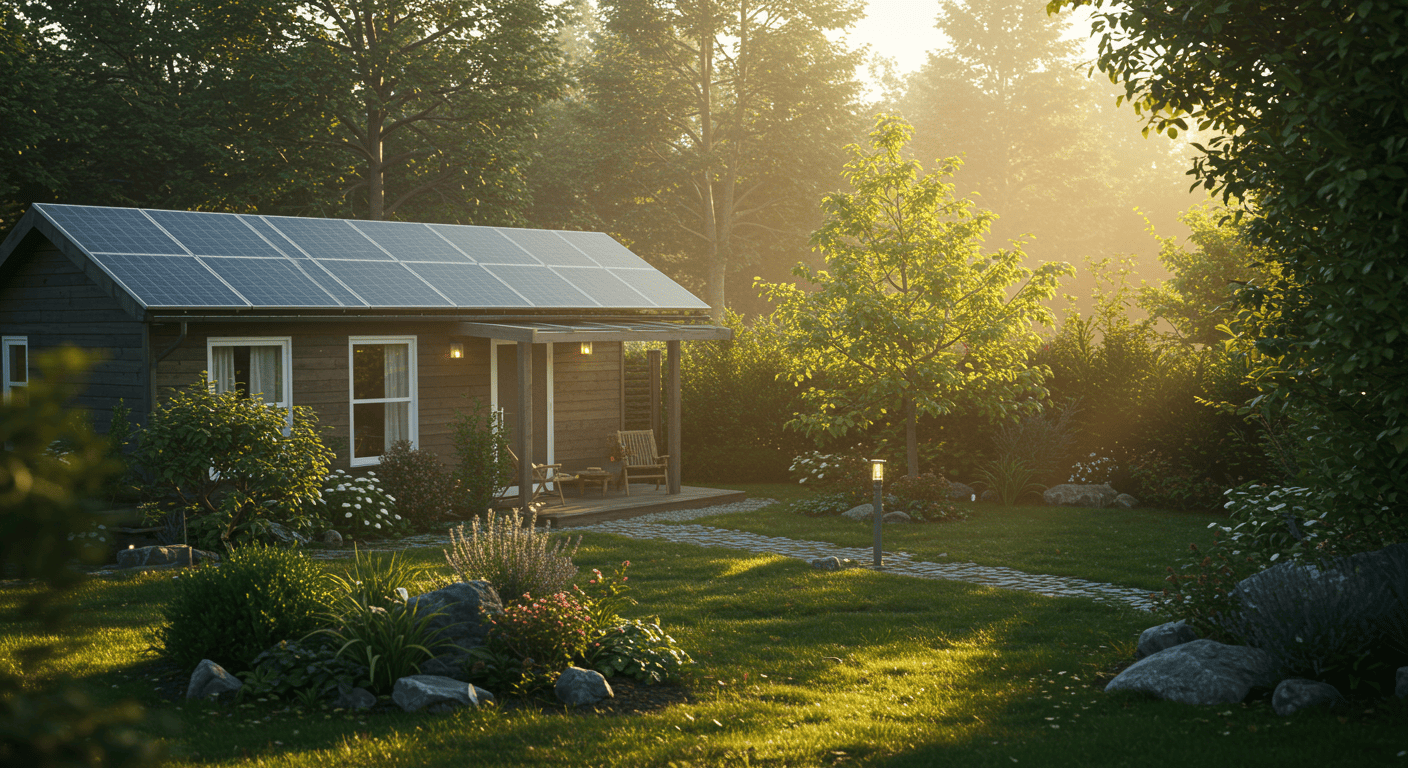
Budgetierung Ihres Hausbaus: Ein vollständiger Leitfaden
Introduction
Building a new home is an exciting journey, but it can also be a daunting financial undertaking. One of the most crucial aspects of the process is budgeting. Proper planning ensures that you can bring your dream home to life without unexpected financial burdens or delays. In this comprehensive guide, we’ll walk you through the essential steps for budgeting your home build, helping you stay on track and make informed financial decisions.
1. Set a Realistic Budget
The first step in any home-building project is to set a clear and realistic budget. This involves determining how much you can afford to spend on your entire project, from the land purchase to the final finishes. It’s important to consider not only construction costs but also hidden expenses, such as permits, utility connections, and landscaping.
Start by looking at your current finances — how much savings you have, your income, and any loans or financing options available. Be sure to allocate an emergency fund (typically 10-20% of your total budget) to cover unexpected costs that may arise during construction.
2. Estimate Construction Costs
Once you have your overall budget, break it down into specific categories. The main construction costs will include:
- Land costs: The price of purchasing the land.
- Site preparation: Excavation, clearing, and grading of the land.
- Foundation: Concrete work, footings, and slab foundation.
- Framing: The skeleton of your home, including walls, roof, and structural elements.
- Plumbing, electrical, and HVAC: Installation of necessary systems.
- Exterior finishes: Roofing, siding, and windows.
- Interior finishes: Flooring, drywall, cabinetry, and fixtures.
- Landscaping: Final touches, such as grass, trees, and walkways.
It’s helpful to work with a contractor who can provide estimates for each phase of the build based on your design.
3. Account for Permits and Fees
Every home build requires various permits and fees that must be factored into your budget. These can include:
- Building permits: Required by your local government to ensure your home meets building codes.
- Impact fees: Charges for connecting to city services like water, sewer, and electricity.
- Inspections: Required throughout construction to ensure work meets safety standards.
Check with your local authorities to determine the specific permits required and their associated costs. Budgeting for these up front will help avoid surprises later on.
4. Consider Material and Labor Costs
The cost of materials and labor can fluctuate depending on your location, the quality of materials chosen, and the availability of skilled labor. It’s essential to work closely with your contractor to select materials that fit your budget without sacrificing quality.
If you’re trying to save on costs, consider:
- Opting for standard materials: High-end finishes can add up quickly, so selecting more common materials can help reduce costs.
- Sourcing materials in bulk: Some contractors may offer discounts when purchasing large quantities of materials.
- DIY for non-technical tasks: If you have the skills, tackling small tasks like painting or landscaping yourself can reduce costs.
5. Plan for Long-Term Costs
While it’s essential to stick to your initial budget during the construction phase, don’t forget to plan for long-term expenses related to your new home. These may include:
- Utility bills: Consider energy-efficient options, such as solar panels or high-quality insulation, to reduce your long-term energy costs.
- Maintenance costs: Some materials may require more upkeep than others, such as wood siding, which requires more maintenance than vinyl.
- Homeowner’s insurance: Be sure to get a quote for insurance before the construction is complete.
6. Financing Your Build
There are different ways to finance your home build. These options can significantly impact your overall budget, so it’s essential to understand them before committing. Standard financing methods include:
- Construction loans: Short-term loans designed specifically for building a home. They usually convert to a mortgage once construction is complete.
- Traditional mortgage: If you own the land outright, you might be able to apply for a conventional mortgage to cover construction costs.
- Home equity loans: If you have equity in another property, you may be able to borrow against it to fund your build.
It’s essential to compare interest rates, repayment terms, and the total cost of each financing option before deciding which is best for you.
7. Work with Experts to Stay on Track
Staying within budget is easier when you have a team of experienced professionals by your side. Working with architects, contractors, and project managers ensures that your design is not only functional and beautiful but also cost-effective. Make sure to:
- Get multiple quotes: Don’t settle for the first estimate. Get at least three quotes from contractors to ensure you’re getting the best deal.
- Track expenses: Keep a detailed record of every expense throughout the build to monitor your budget and make adjustments as needed.
- Communicate regularly: Have regular meetings with your contractor to review progress and any potential cost changes.
8. Include a Contingency Fund
No matter how much you plan, unexpected costs can arise during the building process. A contingency fund (typically 10-20% of the total budget) will help you cover these surprises without disrupting your project. This fund can cover everything from price hikes in materials to unforeseen site issues, ensuring your project stays on budget.
Conclusion
Budgeting for a home build requires careful planning, attention to detail, and foresight. By breaking down the costs, planning for contingencies, and working closely with professionals, you can stay on track and ensure your project is both affordable and successful. With the right approach, you can create the home of your dreams while effectively managing costs.
If you’re ready to begin your home build, start by exploring our customizable plans that fit a variety of budgets. Let us help you turn your vision into reality!
Ideen & Inspiration
Neue Konzepte erwarten Sie.
Sie suchen nach neuen Ideen?
In unseren Artikeln finden Sie Design-Inspirationen, Trends und praktische Tipps.

